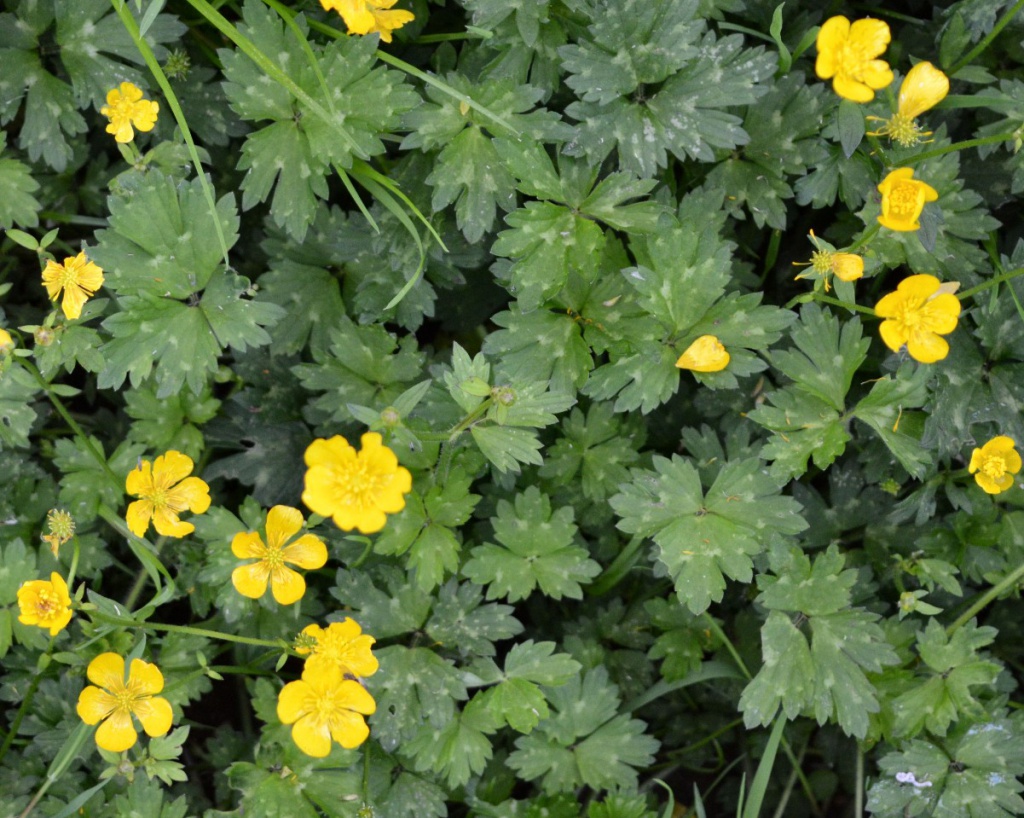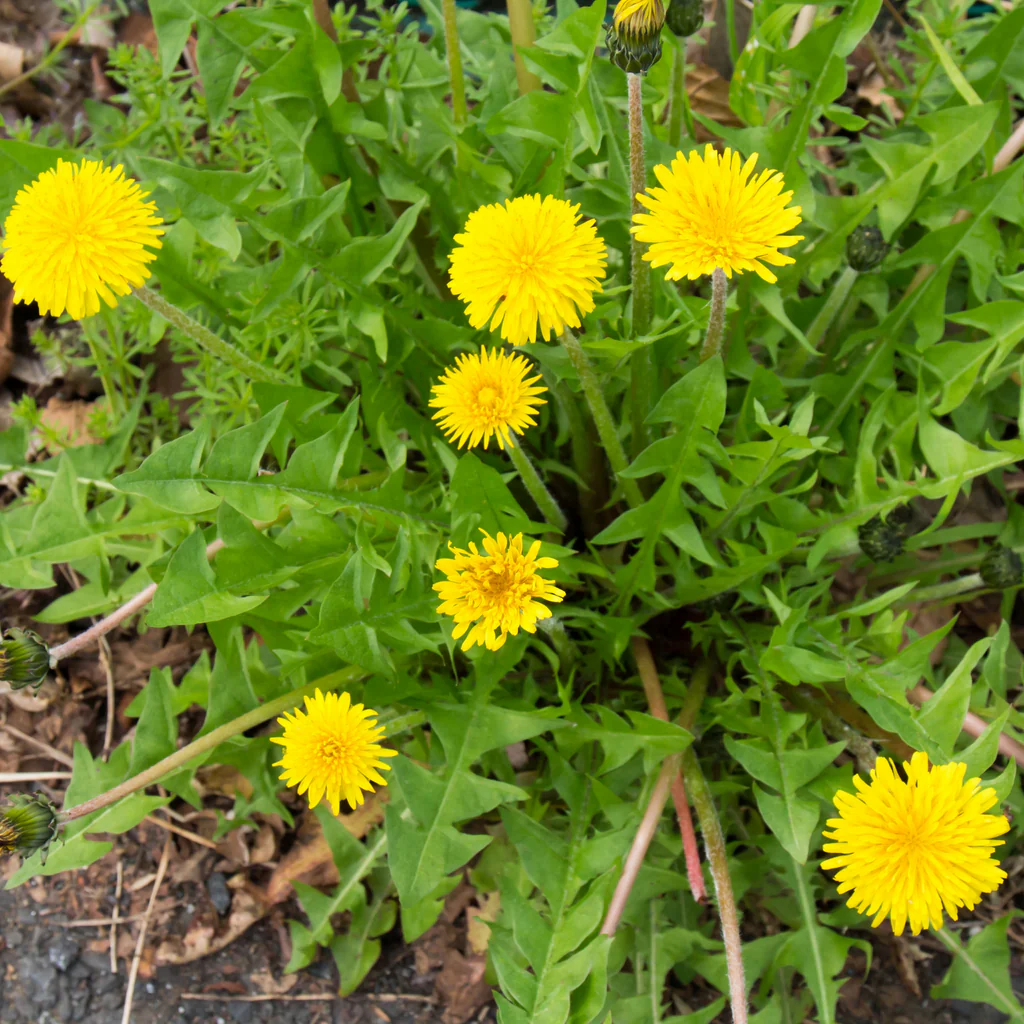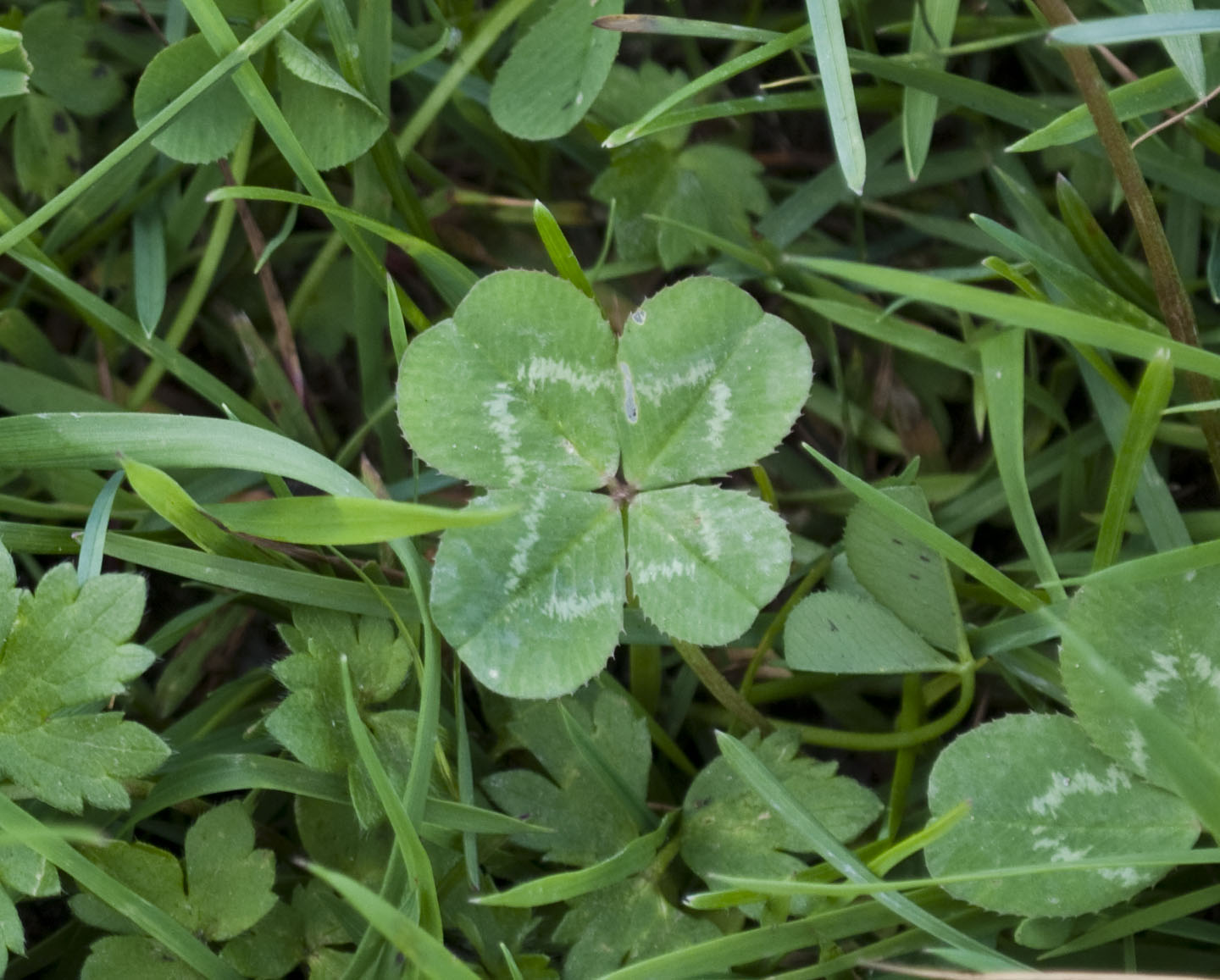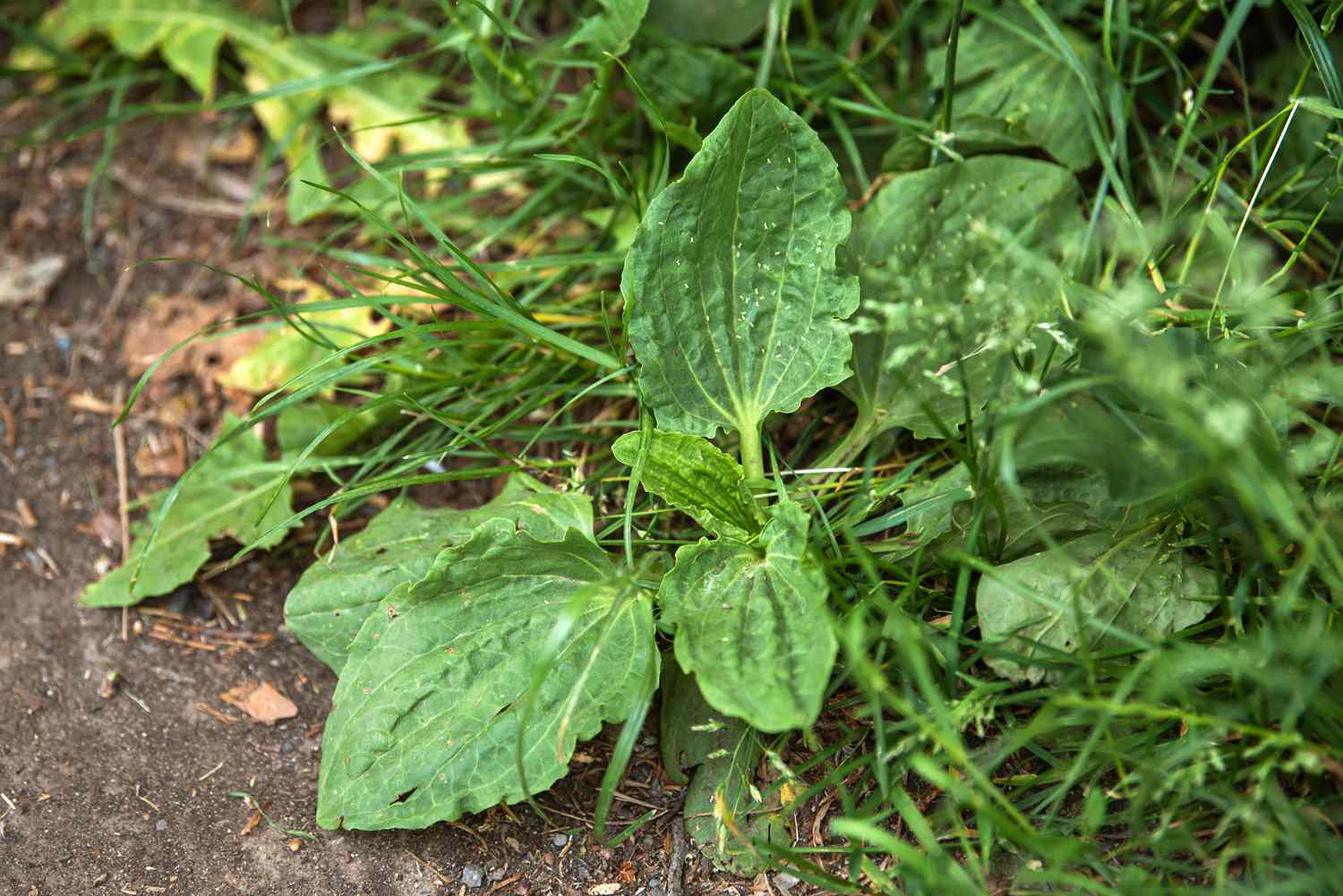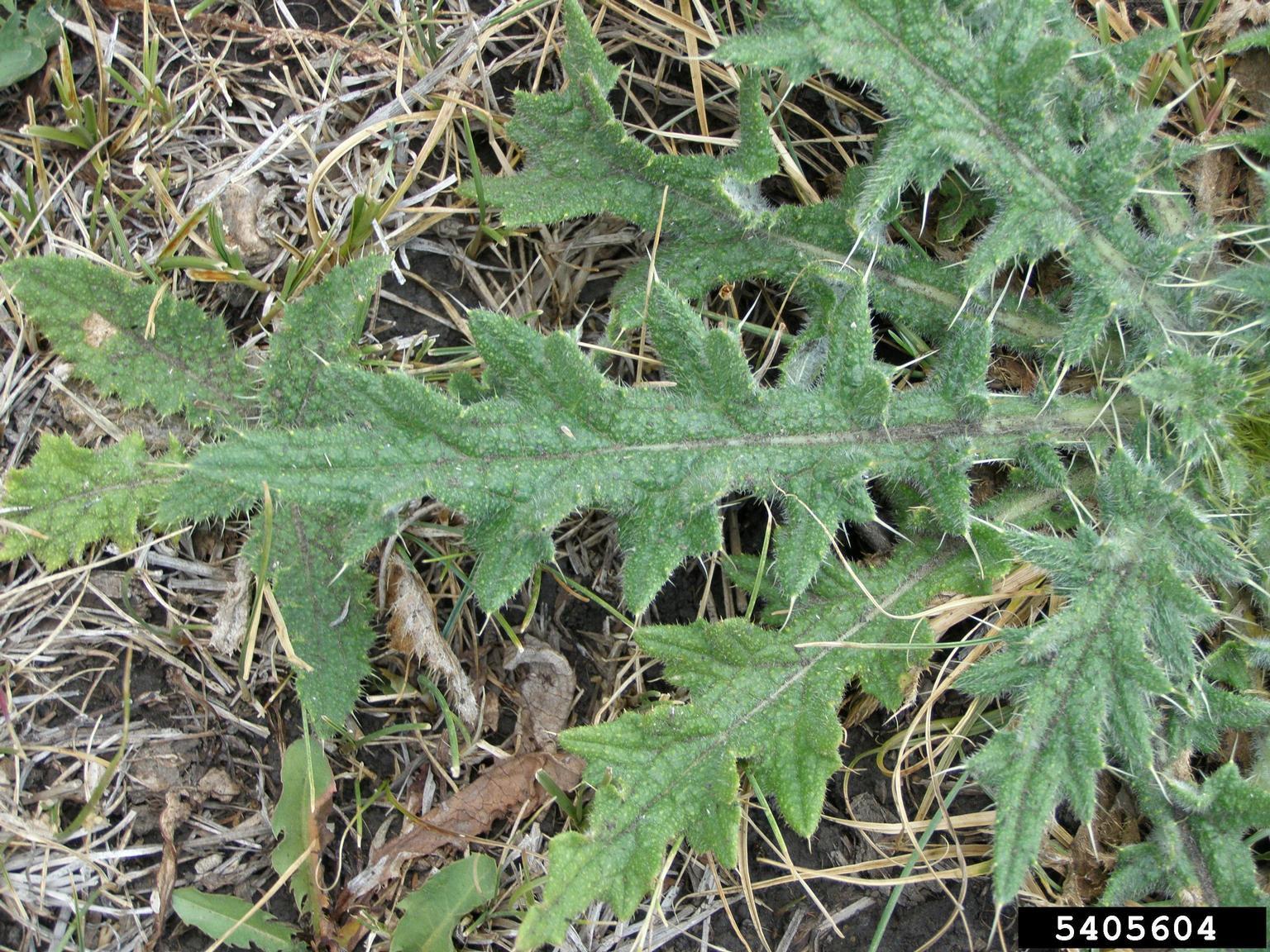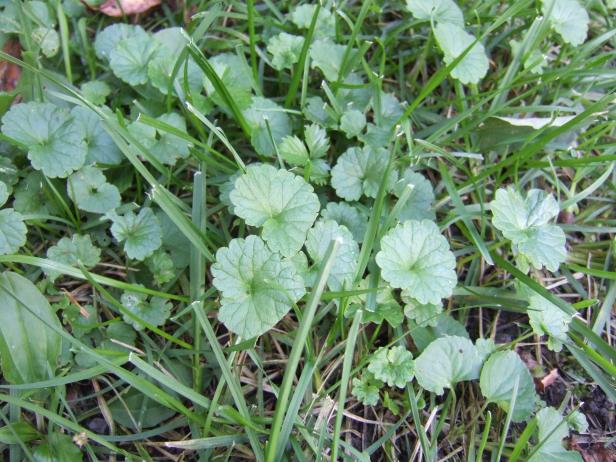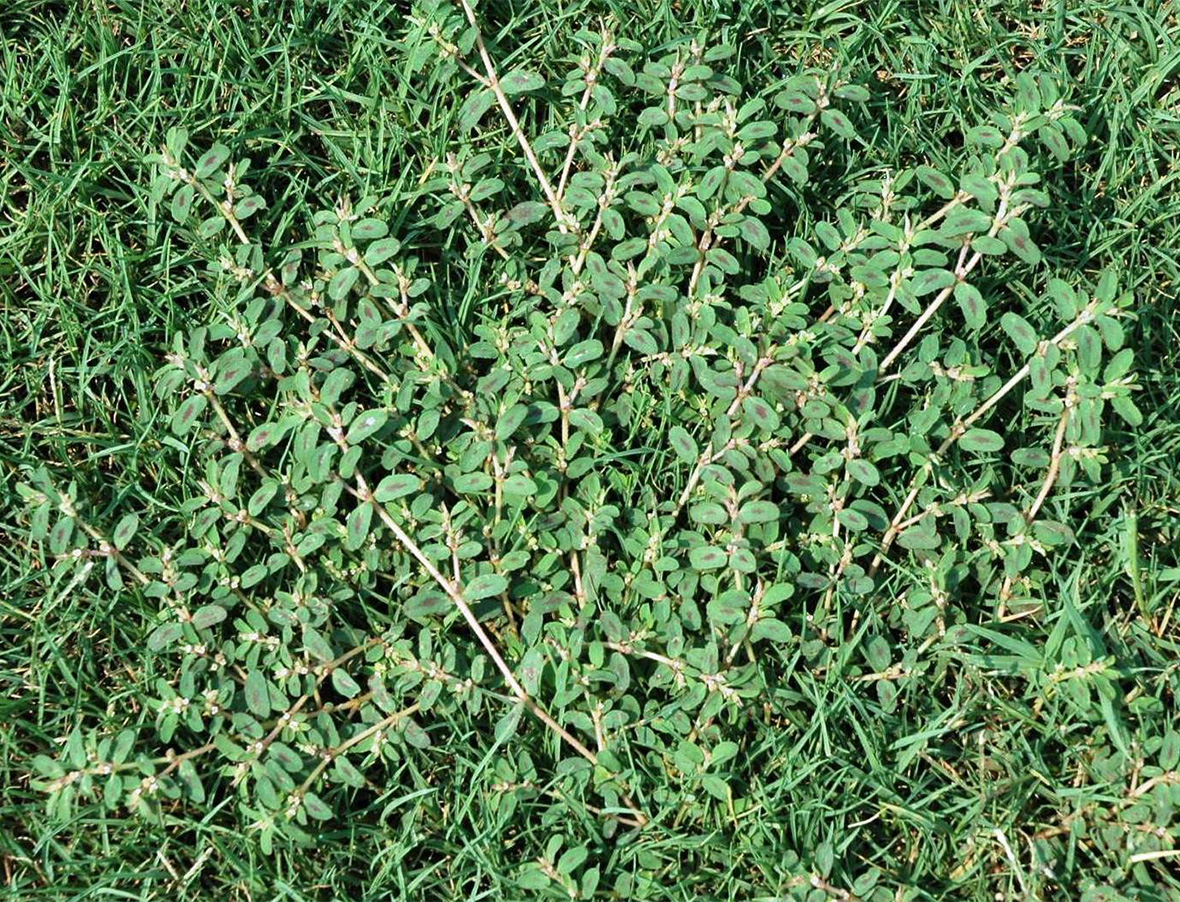A lush, green lawn is the pride of many homeowners, but the presence of broadleaf weeds can quickly turn this dream into a nightmare. These unwelcome intruders disrupt the uniformity of your lawn, compete with grass for nutrients, water, and sunlight, and can ultimately compromise its health and appearance. However, armed with knowledge and effective strategies, you can reclaim your turf and restore its pristine beauty. Let’s delve into the world of broadleaf weeds, understand their nature, and learn how to combat them effectively.
Broadleaf weeds, as the name suggests, are characterized by their broad leaves, which distinguish them from grasses. They come in various shapes, sizes, and colors, making identification crucial for targeted control.
7 Common broadleaf weeds found in lawns:
Broadleaf weeds pose a persistent challenge to the health and aesthetics of lawns, but they can be effectively managed with the right knowledge and strategies. Western Weed Control, has appropriate treatment methods tailored to each properties needs. We understand broadleaf characteristics, and with your help of identifying them early, we can reclaim your lawn. Remember, persistence and consistency are key in the battle against these weeds.


